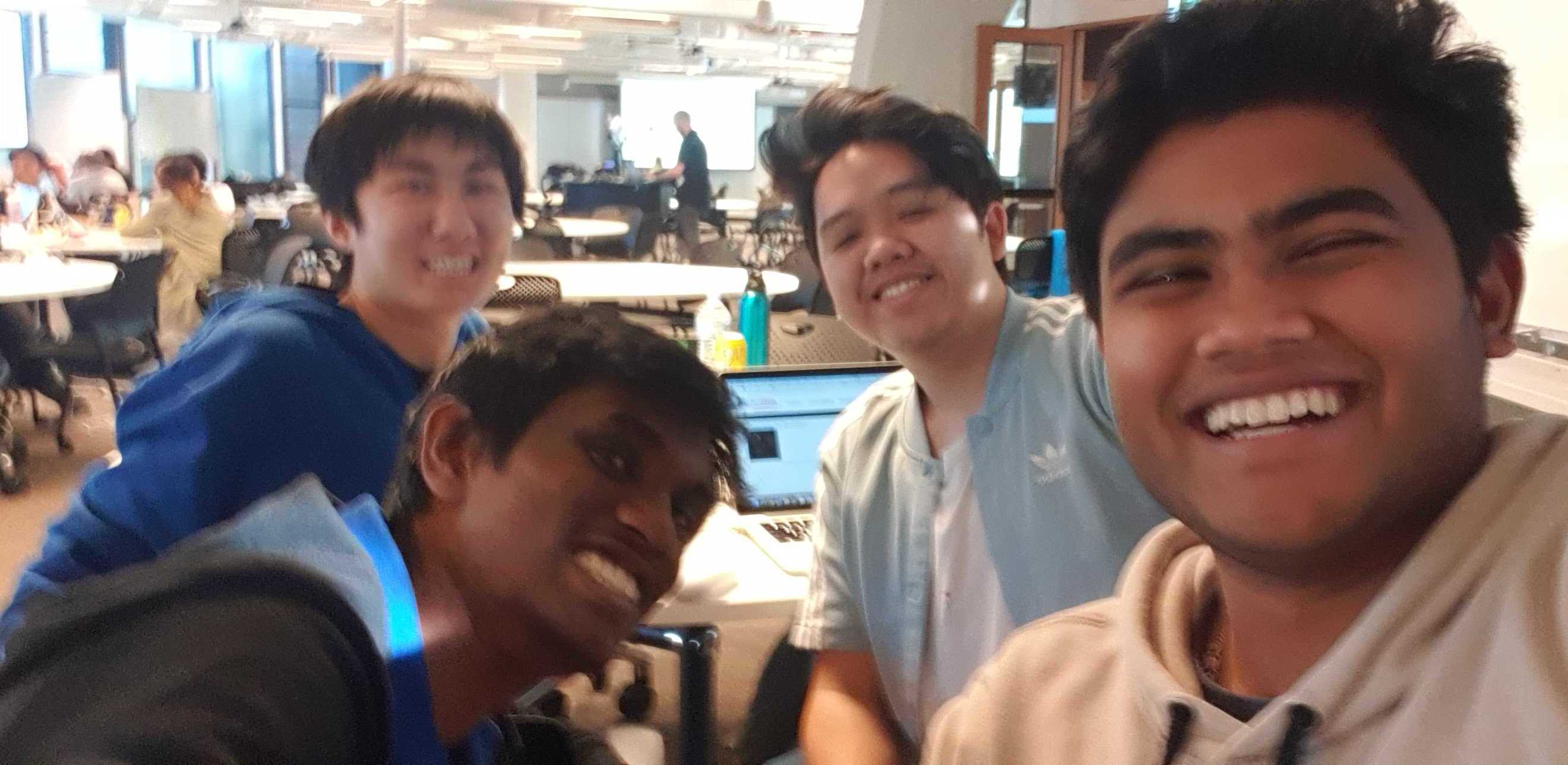Queensland OpenAPI
Create a project using one or more of Queensland's Open-API’s
Go to Challenge | 39 teams have entered this challenge.

Drop Top
We believe that our challenge Water – From Source to tap: is effectively met through the use of the interactive game that has been created. The game showcases the water cycle and how the water is being transformed through each phase.
Throughout the game there will be learning milestones in which the game will incorporate statistics of rainfall over a set of years and produce a game with that presents how the weather cycle does change yearly.
The game also aims to teach the Upper Primary and Lower Secondary students to not waste water and that we should do everything in our power to save water. The game will also have prompts that the user can click in order to learn more about what happens at each part of the process.
For example:
Hovering over the pipe, will present data indicating per year how much water is wasted in a house per year.
Hovering over the cloud, will present the average rainfall per year.
Hovering over the dam, will present data indicating the average amount of water held by all the dams in Australia.
Hovering over the evaporation will present the user with data informing them about evaporation levels and how water is transformed from the ocean to clouds.
Description of Use Data was used so that the user can gain a greater understanding of the rainfall that occurred in 2017 australia wide. The data will be presented to the user when they click on the clouds as a pop up dialog.
Go to Challenge | 39 teams have entered this challenge.
Go to Challenge | 38 teams have entered this challenge.
Go to Challenge | 19 teams have entered this challenge.
Go to Challenge | 19 teams have entered this challenge.
Go to Challenge | 22 teams have entered this challenge.
Go to Challenge | 32 teams have entered this challenge.